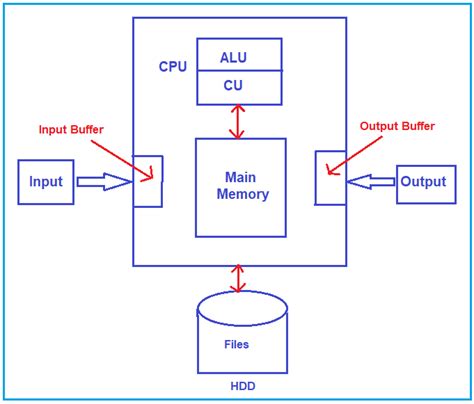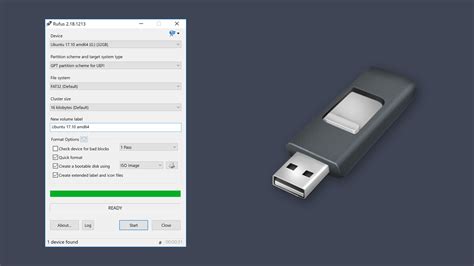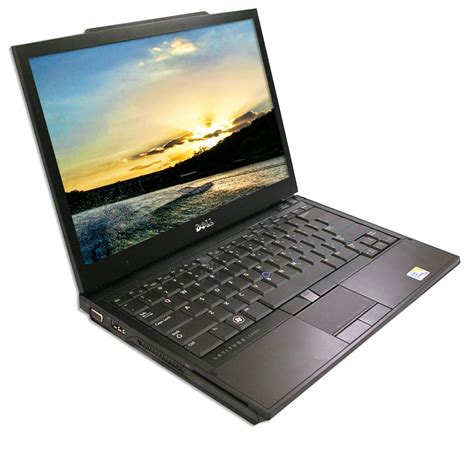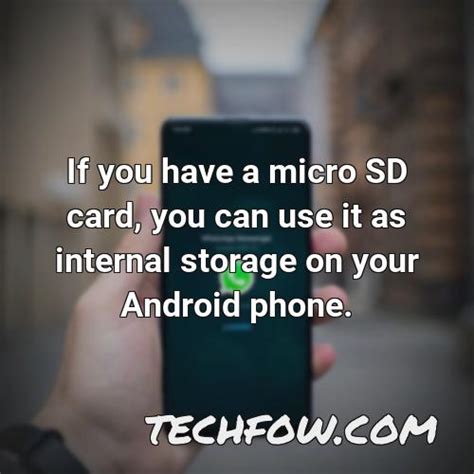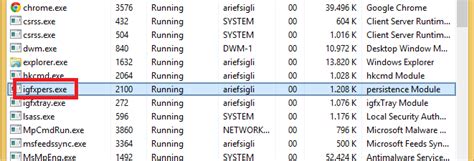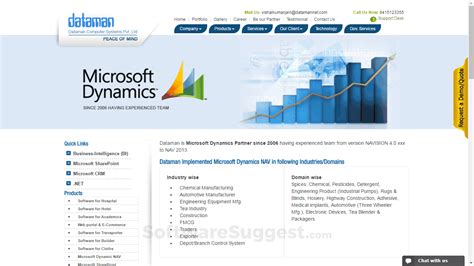Image Credit: golubovy/iStock/GettyImages The CPU of a computer, or central processing unit, is frequently compared to the human brain since it’s the central control of the computer. The CPU performs computer operations by rapidly executing program instructions. The speed of the CPU plays a large part in determining the power of a computer. Each new […]
Category: Reviews
What Is a Gutter Margin in Word?
Gutter margins ensure text won’t be obscured by the binding. Microsoft Word offers several options for setting the margins of the document you are editing. In addition to normal page margins, you may have noticed settings for something called “gutter margins.” When you switch gutter margins on, Word adds extra space to your document’s existing […]
FileZilla Error: ETIMEDOUT
ETIMEDOUT errors result in connection failure. Image Credit: Jupiterimages/Photos.com/Getty Images FileZilla is a free, open-source program that allows users to transfer files to and from servers on the Internet using the FTP file transfer protocol. The FileZilla client must connect to a server using a user’s username and password before files can be transferred to […]
Parts of a USB Flash Drive
Image Credit: Paul Tearle/Stockbyte/Getty Images A universal serial bus (USB) flash drive is a small device that inserts into a USB port and provides a quick way to store a few gigabytes of information. USB flash drives continue to improve in technology, and some of the more advanced USB drives can hold the same amount […]
What Are the Uses of Scanners?
Scanners have many uses in homes as well as businesses. A scanner is an optional piece of computer hardware that uses reflected light to capture images and translate them into files a computer can read and display. Scanners come in high- and low-resolution versions, and can scan images in either black-and-white or color. The basic […]
What is a Laptop Used For?
Laptops fit virtually any budget and use. A laptop is a personal computer that is small enough to sit in a person’s lap, and is designed for mobile uses. Also called notebooks, laptops are smaller, thinner and lighter than most desktop PCs, and as of 2011, many laptops included powerful capabilities that rivaled desktops. Desktop […]
How Does an SD Card Work?
SD Card Basics Secure Digital (SD) cards are a form of flash memory used to store data from many modern digital devices. They differ from other storage media in that they can be written to thousands of times and do not require power to retain their contents. This makes them an ideal choice for electronics […]
List of Televisions That Are Made in America
Buying televisions made in America can support the local American economy. Some major TV manufacturers make or assemble a few of their TV sets in the United States. A few smaller manufacturers have their entire company operations based in the U.S., where they design and assemble new TV sets. Olevia As of the date of […]
What Is a Persistence Module?
A businesswoman laying on a hotel room bed, working on her laptop computer Image Credit: XiXinXing/XiXinXing/Getty Images The term “persistence module,” when associated with your computer, can refer to different things, depending on the software and hardware options installed on your system. The different persistence modules are unrelated to each other and may coexist independently […]
What Is Navision Software?
Navision software offers tools that enable enterprises to manage finances. Microsoft Dynamics is a line of ERP (enterprise resource planning) applications created as part of the Microsoft Business Solutions group. Navision software is part of the Microsoft Dynamics line and offers features designed to assist with business needs. Definition Navision software, also referred to as […]

